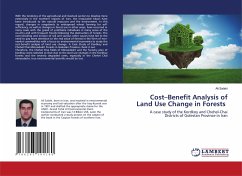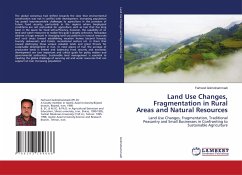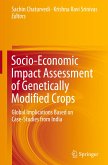With the tendency of the agricultural and livestock sectors to develop more extensively in the northern regions of Iran, the irreparable blows have been introduced to the natural resources and the environment. In this regard, changes in rangelands to widespread wheat farming for self-sufficiency, as well as changes in forest use in other ways, have occurred in many cases with the greed of profitable individuals in many areas of the country and with frequent floods following the destruction of forests. The overcrowding and erosion of soil and various other causes have led to the need to pay more attention to the real value of forests in the form of non-market commodities with a focus on environmental economics to study the cost-benefit analysis of land use change. A Case Study of Kordkoy and Chehel Chai Minoodasht Forests in Golestan Province check it out.Therefore, the Chehel Chai fields of Minoodasht and the forestry plan of Kordkoy were selected so that due to the land use changes in the Kordkoy forests and the severely degraded rates, especially in the Chehel Chai minoodasht, true environmental benefits would be lost.
Bitte wählen Sie Ihr Anliegen aus.
Rechnungen
Retourenschein anfordern
Bestellstatus
Storno








